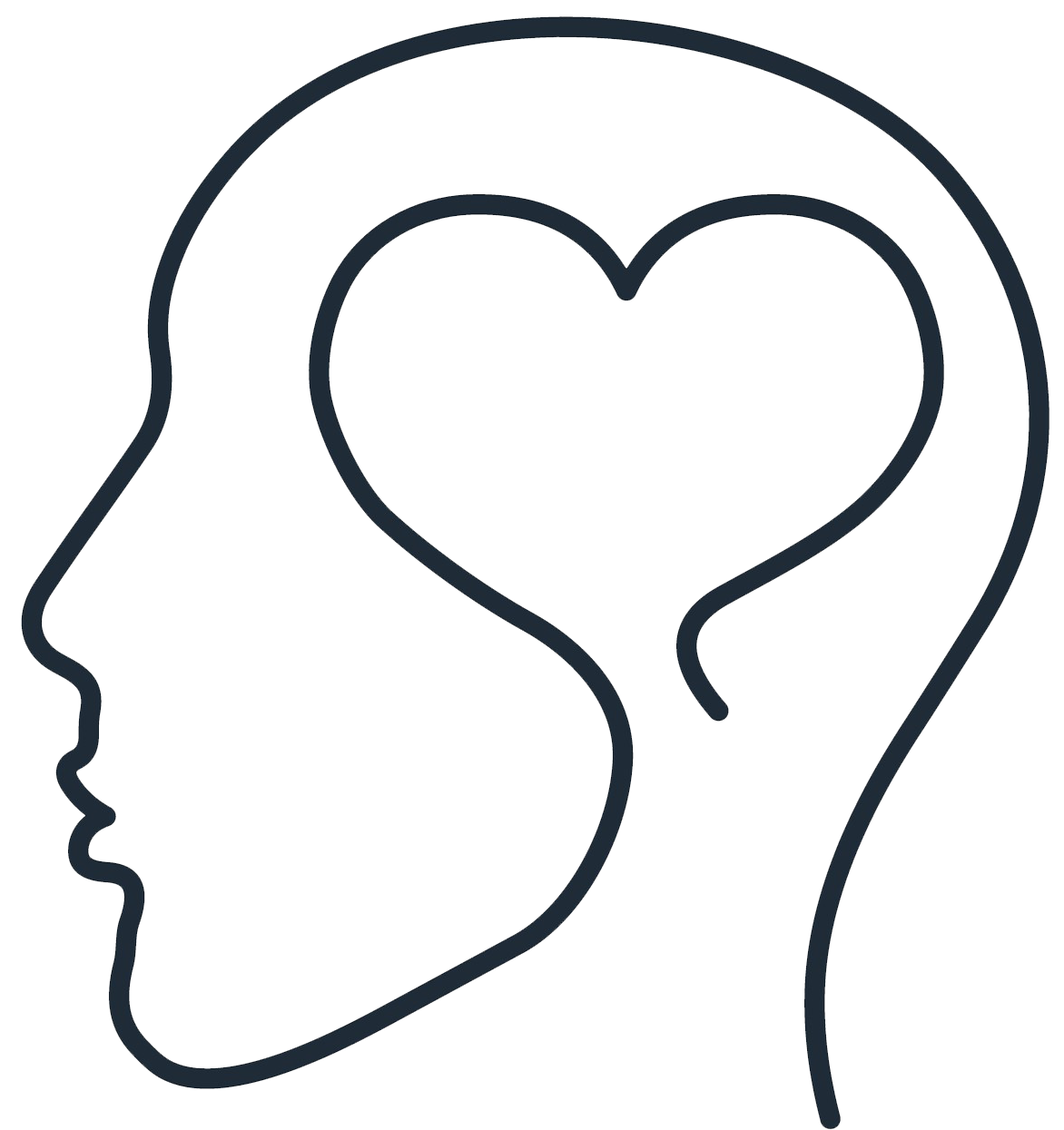Interpersonal and Social Rhythm Therapy (ISRT) is a structured therapeutic approach designed to assist individuals in managing their mood disturbances by leveraging their natural biological and social routines. Developed specifically for individuals experiencing bipolar disorder, ISRT focuses on the correlation between social rhythms—such as sleeping patterns, mealtimes, and daily activities—and emotional well-being. By understanding and regulating these rhythms, individuals can attain greater stability in their moods and improve their overall quality of life.
The Foundation of Interpersonal and Social Rhythm Therapy
ISRT is based on the premise that mood disorders, particularly bipolar disorder, can be influenced significantly by disruptions to one’s daily rhythms and interpersonal relationships. Traditional therapeutic techniques often concentrate on cognitive or behavioral elements, but ISRT emphasizes the importance of interpersonal relationships and the stability of daily routines.
Key Components of ISRT
1. Social Rhythm Stabilization: The primary goal of ISRT is to stabilize the individual’s daily routines. This includes maintaining consistent sleep cycles, meal times, and planned social interactions.
2. Interpersonal Relationships: The therapy addresses how relationships impact mood and behavior. Therapists help clients recognize and improve their interpersonal interactions, mitigating the effects of stressors that may trigger mood episodes.
3. Mood Regulation Skills: ISRT equips individuals with skills to manage their moods effectively. This involves learning to recognize the signs of mood shifts and implementing strategies that align with their schedules and routines.
The ISRT Process
The implementation of ISRT involves a structured process that therapists follow, which is tailored to meet the individual needs of each client.
Phases of ISRT
1. Assessment: Initially, the therapist assesses the client’s social rhythms and interpersonal relationships. This phase helps identify patterns that may contribute to mood instability.
2. Psychoeducation: Clients are educated about the connection between their routines and mood disorders. Understanding this relationship is crucial for the therapeutic process.
3. Routine Structuring: Clients work with their therapists to create and maintain stable routines. This can include setting regular times for sleeping, waking, and engaging in social activities.
4. Crisis Management: The therapy prepares clients for potential mood episodes by developing early warning systems and coping strategies to deal with impending mood shifts.
5. Evaluation and Adjustment: Regular check-ins allow the therapist and client to assess the effectiveness of the strategies employed and make necessary adjustments.
Benefits of ISRT
The application of ISRT has been shown to have a positive impact on individuals suffering from mood disorders. Some of the most notable benefits include:
1. Improved Mood Stability: By regulating social rhythms, individuals often experience fewer mood episodes and heightened emotional stability.
2. Enhanced Quality of Life: A structured routine can lead to improved daily functioning, allowing individuals to engage more fully in life.
3. Better Interpersonal Relationships: Through improved communication and social skills, clients can foster healthier relationships, which further supports emotional well-being.
4. Increased Awareness: Clients develop a greater understanding of their mood triggers and learn to anticipate and manage these effectively.
Conclusion
Interpersonal and Social Rhythm Therapy offers a valuable framework for individuals seeking management strategies for mood disorders. By focusing on daily routines and interpersonal relationships, ISRT empowers clients to take control of their emotional well-being. As individuals learn to establish and adhere to stable rhythms, they often find not only improvements in their mood but also enrichment in their personal lives.
In the evolving landscape of mental health therapy, ISRT stands out as a promising avenue that underscores the importance of the interconnectedness between our biological functions and the social environments we inhabit. This therapeutic approach not only illuminates a path toward greater mood regulation but also enriches the human experience through enhanced connections and healthier lifestyles.
Ultimately, as researchers and practitioners continue to explore the depths of ISRT, it is clear that maintaining a harmonious balance in our personal rhythms can pave the way to a more stabilized and fulfilling life.



